
Will Sim, John Crook, John McCune and Paul Swail recently made the first ascent of the 1000m high East Face of the south Avellano tower in Chilean Patagonia alongside three other significant new lines.
The Torres de Avellano are a collection of granite mountains in northern Patagonia - east of the northern Patagonian ice cap and north of Lago General Carrera. They are very rarely visited compared to more popular Patagonian areas such as the Fitzroy massif and Paine.
Will told UKC:
'It was 3 years ago, on a drizzly, grey, autumn's day when my friend John Crook came round to where I was living in Llanberis. He came armed not just with psyche to find dry rock amongst the penetrating drizzle, but also with fresh stories from far flung adventures that had come to pass since we'd last seen each other.
'That evening sat in the little house on Snowdon street, John showed me hundreds of photos of exploratory climbing in the Andes and Patagonia that had me squirming around restlessly on the sofa in excited jealousy…. Jungle bashing to access unclimbed crags, huge dolerite columns like a photoshopped Giant's causeway, big Andean ice faces, but most of all, a picture of a conical tower-slash-big wall in a remote, almost untouched range of Chilean Patagonia.'
John was introduced to the Avellano Towers five years ago. American Alpinist, Jim Donini, was in contact with his climbing partner at the time, Dave Brown, and lured them away from distant weather windows in El Chalten.
The team made some first ascents both with and without Jim that trip. They also made a lightweight attempt on the South Avellano Tower. John told UKC:
'We basically flailed around at the bottom, finding very smooth, low friction granite combined with some quite green cracks. Retreating at lunch-time, we spent the afternoon staring up at the monolith we'd just tried to climb. I'd never seen such a beautiful unclimbed, and I believe, un-attempted piece of rock. I came around to the fact we weren't going to manage it that trip, but it was some pretty large unfinished business!'
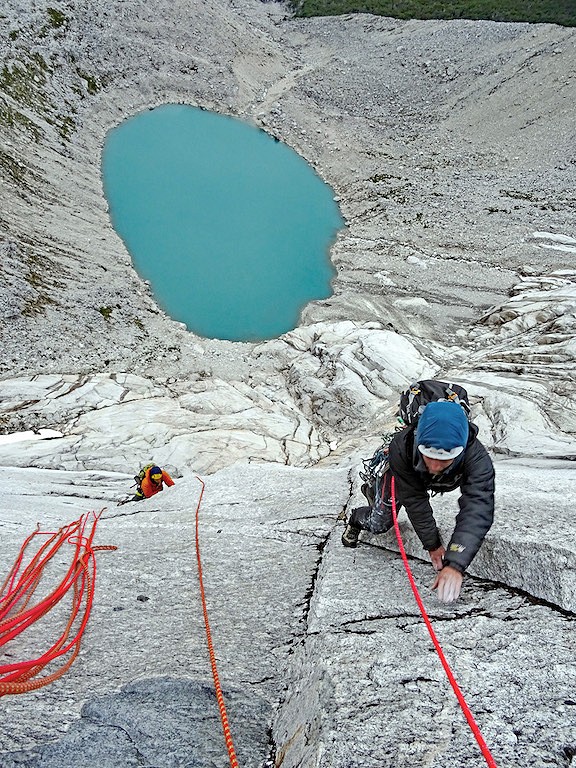
Dave and John returned ten months later with a pair of strong climbers: Andy Reeve and Will Harris. They made good progress on the obvious central line, before a cold storm blanketed the wall in snow and unfortunately never cleared in time.
Put to rest for the last four years, this most recent trip came around by chance. Will, John Mccune and Paul Swail were keen for a Patagonian objective and John had convincing photos from his previous trip that sealed the deal.
In all it took the team ten days from arriving in Chile to reach basecamp beneath the wall. A rough boat ride across Lago General Carrera saw the team separated with John, Paul and Will on one side of South America's second largest lake, and John Crook and Ruth on the other, unable to recross due to high winds and waves. Thankfully they were taken in by a nearby Gaucho until the next morning. Will described the arduous journey:
'After regrouping on the north shore of the lake, we walked for 4-5 days with the help of our new gaucho friend Luis and his horses. The last two or three days of the approach were load carrying relays where the ground was too rough for Luis' horses. Throughout this period the weather was pretty bad and we didn't get a glimpse of the South Avellano tower until we were nearly at base camp.'
Despite poor weather in December, conditions gradually improved as the team neared the wall and by the time basecamp was fully established, the face was ready to climb on, although still wet.
John told UKC:
'We made quick progress on my original line, setting ropes to the halfway ledges over the first two days. Poor weather threatened by the end of the next day, so we made the decision to "go for it". We gained the top of the fixed ropes by daybreak and attacked the headwall in two pairs. The rock became more varied, with some loose flakes and areas of exfoliating rock. There was some really high quality climbing and amazing positions, particularly where we had to avoid a big wet corner for a couple of pitches.
'One particular pitch that Paul Swail quested up really stands out. It looked so unlikely! But after managing to place a peg in a very awkward position, he made steep moves through a roof and into an outrageously exposed traverse. Almost to my disbelief we found a way up the wall and topped out that afternoon. Ruth traced our progress from basecamp, with radio contact throughout and even made us pumpkin curry and cheesecake for our return! It began to rain halfway through our descent.'
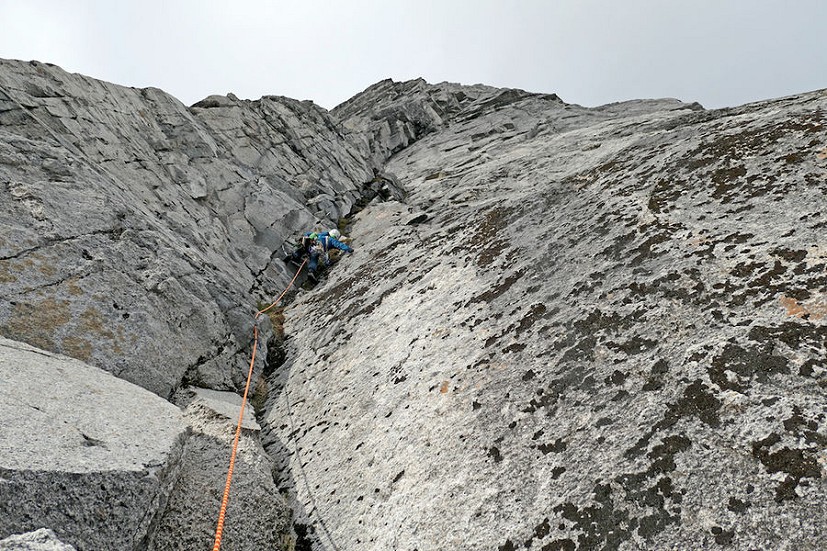
Ruth and John Crook established another line together on a new face. Chicken Run (650m, E2 5c) takes the obvious clean face of a pyramidal peak. John told UKC:
'We made a sit start all the way from steep jungle, involving some of the best green climbing I've done! Above the gardens the face was stepped and alpine in nature with a brilliant crescendo on the headwall: five pitches of incredible climbing, involving cracks, flakes and lots of chicken heads. We descended off the back.'
Will sent in the following account of their climbs:
'The route had been about 900-1000 metres long and every pitch had gone free. E5 seems about right, give or take a grade or two. We were all in disbelief that our main objective had been achieved after only three days of effort, we had half expected it to take us up to ten - taking in to account bad weather - and had come equipped with portaledges to give us options. I think the fact that we knocked off the South Tower so fast was partly due to the luck of the weather changing for the better just when we were ready to launch. But also due to the groundwork that John, Will Harris, Dave Brown and Andy Reeve had made in the previous attempts. Thanks boys!

With two weeks of food left in basecamp, and high spirits it was a nice feeling to know that anything else we climbed was a bonus, yet there were plenty of plums for the picking.
Once our bodies had recovered from the south tower, John, Paul and I made the first ascent of a beautiful route on an attractive mountain we got to know as "Cerro Squareface" (actual name unsure?). The climax of this fantastic route was a dream splitter crack that felt about E5 6b and was too good to be true. We strolled around on the windless summit for a few minutes in Patagonian perfection before beginning the descent.
A few days later, we made another first ascent. This time it was a ridge/spur of classic alpine appearance sporting a worrying final tower which we had heard rumours of being attempted previously by an American team.
Sure enough, after several hundred metres of serious-feeling ridge traversing, the final tower reared above us. I was dealt the sharp end and after some scary steep fist jamming through more death-blocks than I like to admit, I rolled on to the summit after completing yet another fantastic, virgin line. The Mestizo ridge.
Our last climbing of the trip was spent trying to repeat our own route up the south tower's East Face, but going even more direct in a place we'd spotted a crack with binoculars. Unfortunately it wasn't to be as the heavens opened on us halfway up the wall. It was the only day of the trip that the forecast was wrong, but we couldn't complain given the trip we had had.
We reversed the load carrying of the approach and met up with Luis and his horses for the walk out to the lake. Hunger had well and truly set in now that we had exhausted nearly all of our provisions, but we didn't care, we'd just had 3 weeks of dream climbing in a barely explored Patagonian paradise.
With time to spare before catching our flights back to Europe we relocated to Cerro Colorado. This huge dolerite column protrudes from the Chilean desert just south east of Lago General Carrera. Here we made some more first ascents. But that's a whole other story….'
Will and the expedition was supported by: Edelweiss, Grivel, Montane Alpine Club Grant, Rab, Scarpa and Sea To Summit




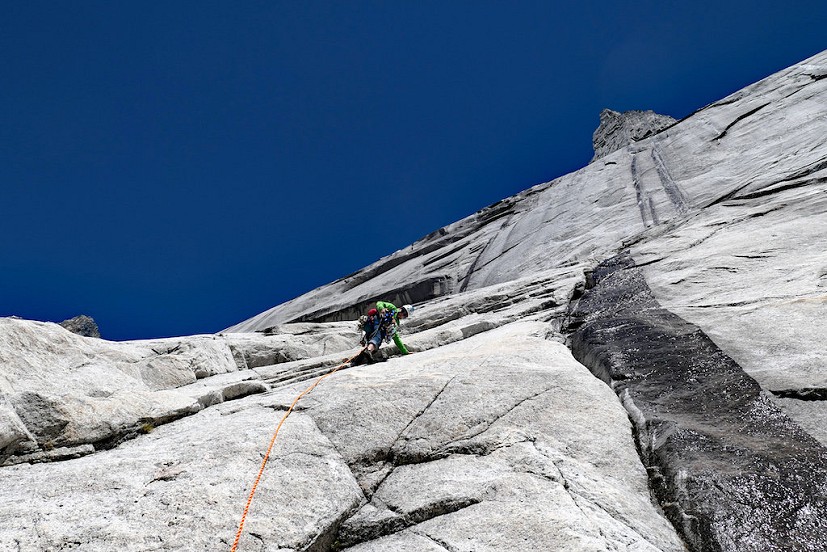
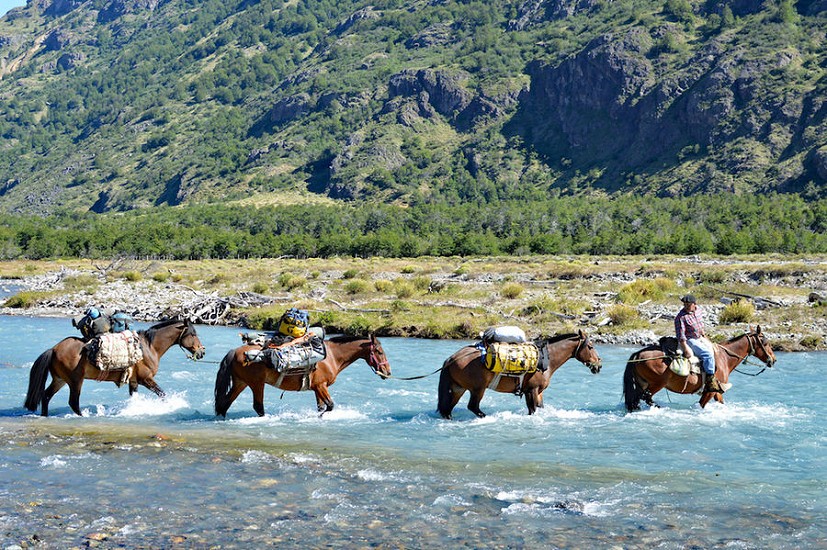
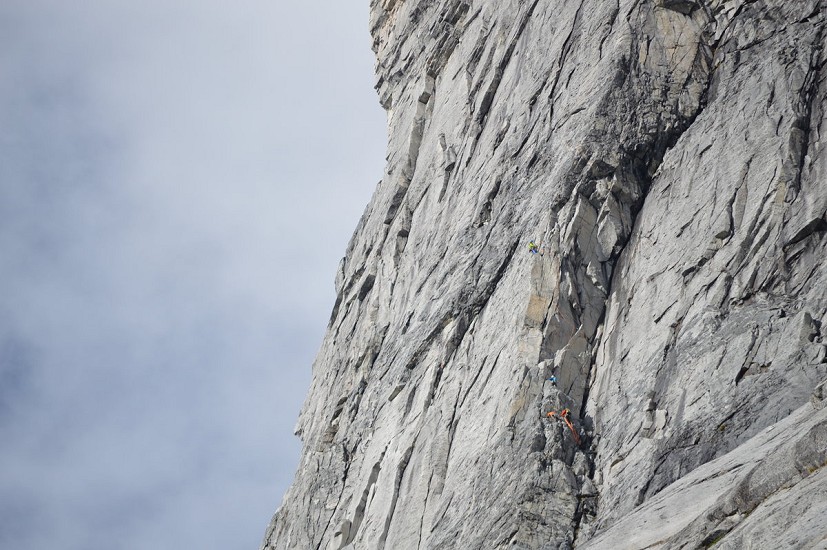
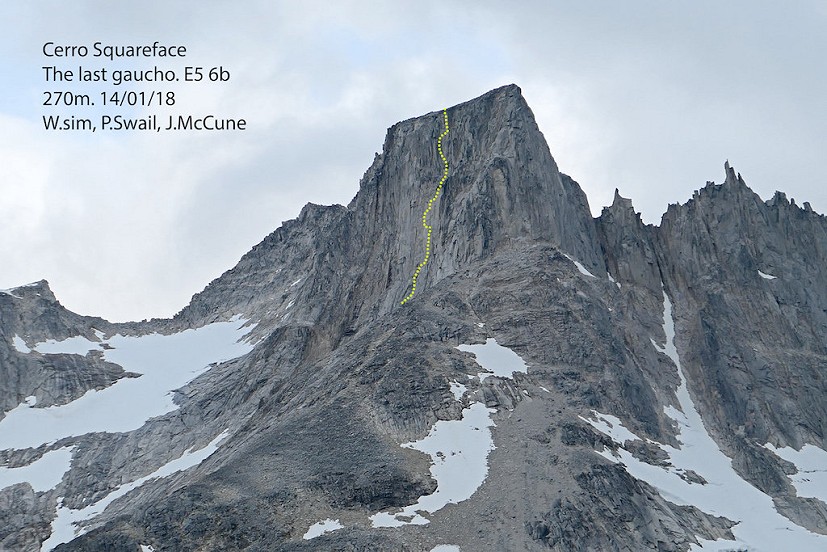
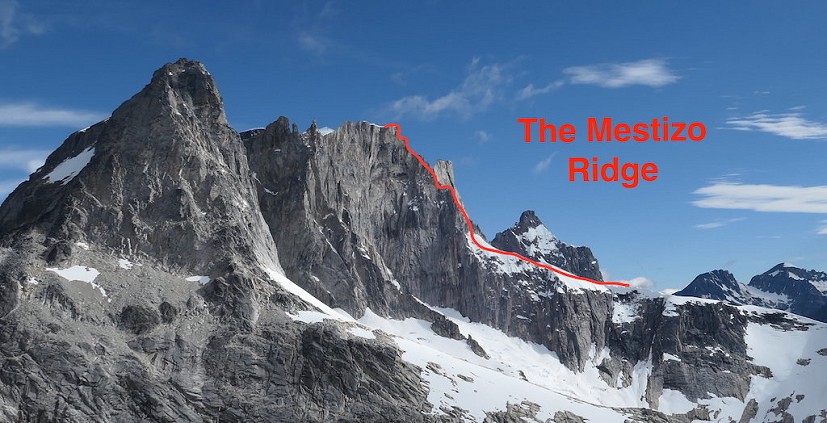
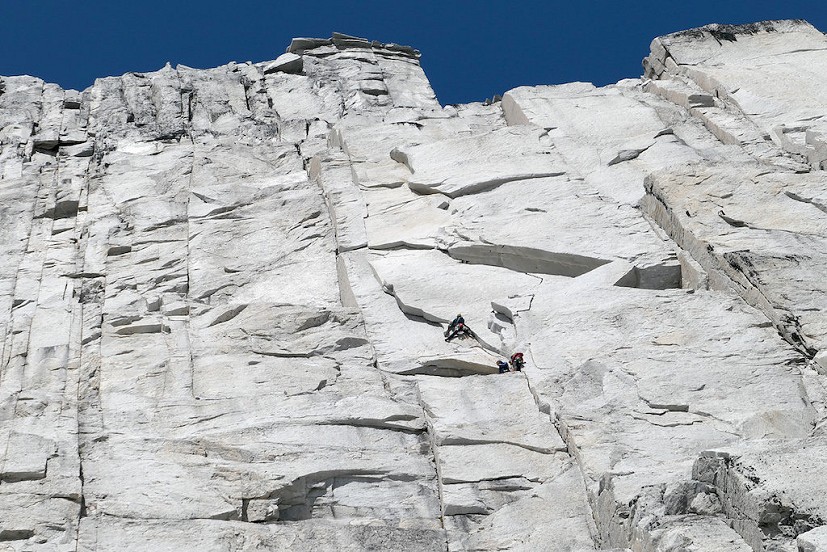


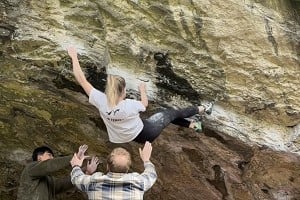
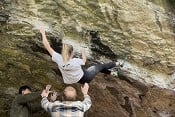

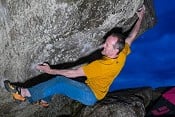
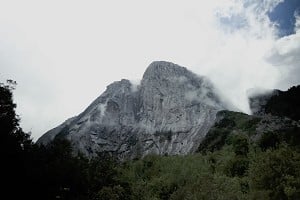
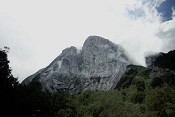
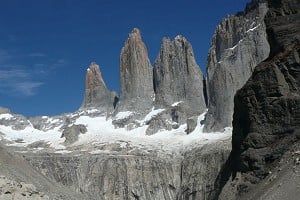

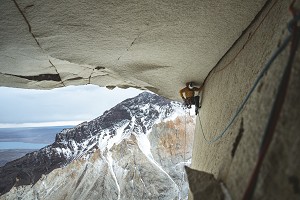
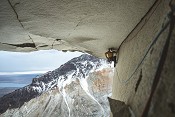

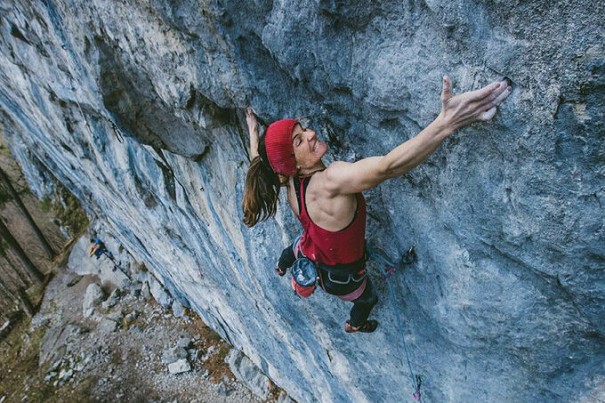
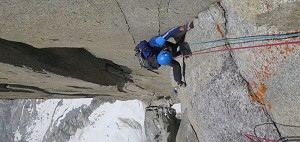

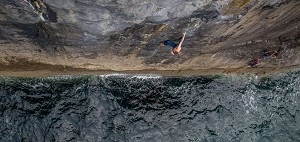

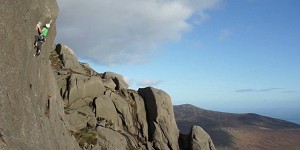

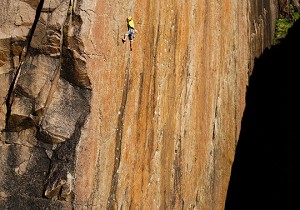
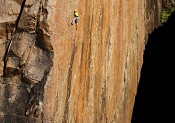
Comments
Its a really interesting area with lots of potential for further climbing and mountaineering. Mt. St. Valentine is near there. The highest mountain in Patagonia, it is fairly regularly climbed by skiing across the North Patagonian Ice Cap, the east face is still un-climbed and appears from photos from afar to offer good mixed lines. Protected by a jungle approach.
Its not as accessible as the mountains around El Chalten but its not hard to get there.
The huge dolerite columns alluded to are Cerro Colorado and I think it would be plausable to head here from El Chalten for a week if the weather forecast in the mountains was clearly bad.
Great article and photos. Thanks